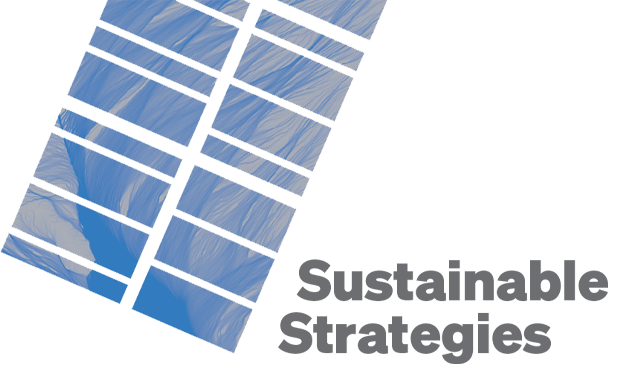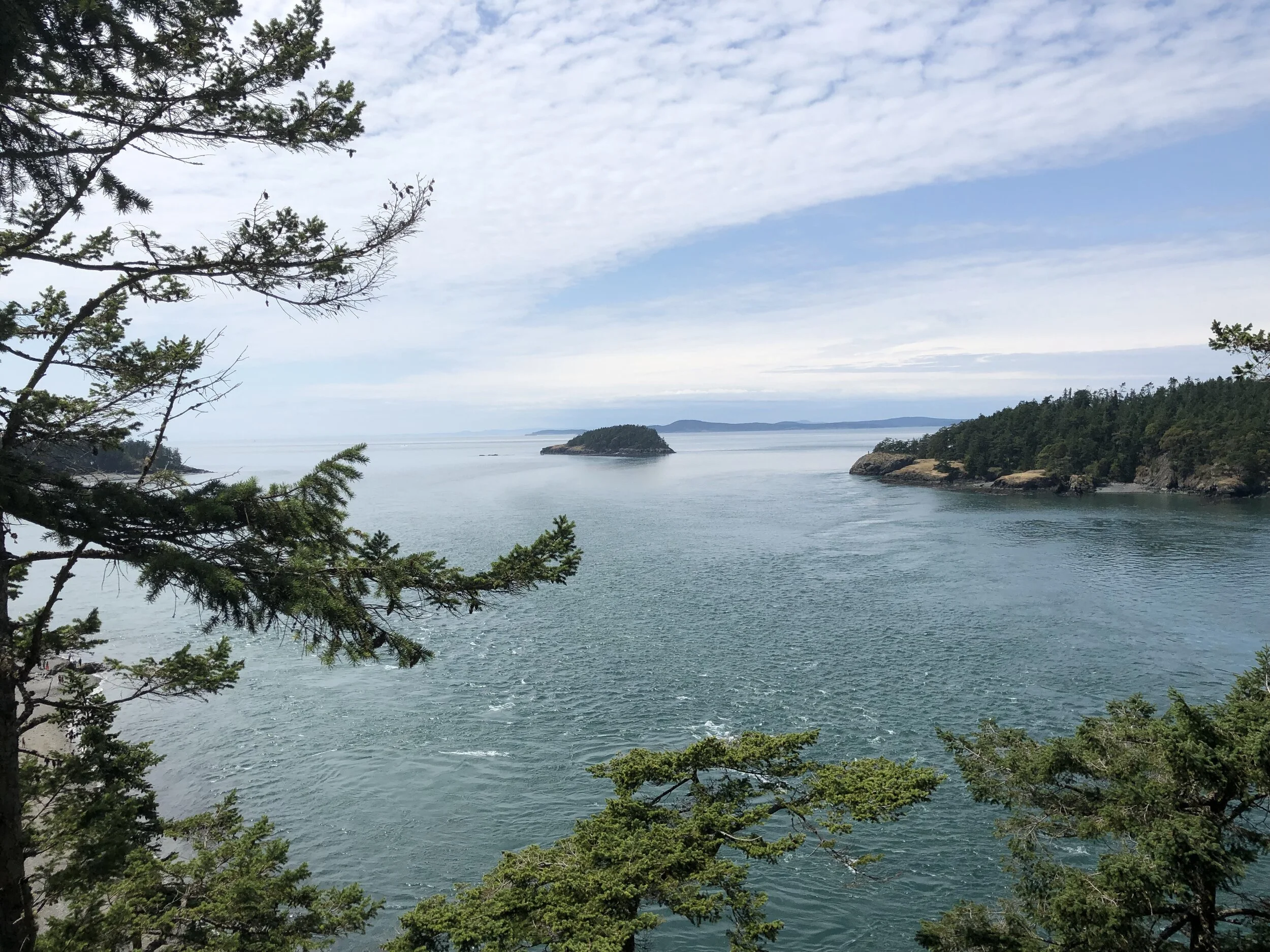When looking forward, it often makes sense to look back - below is a very rough and very big-picture timeline of some key events.
In my work, I’ve found that studying and honoring the lessons of the past is one of the best ways to innovate; look back to look forward. To that end, I’ve consolidated some of what I would consider key events in the history of our collective sustainable thinking. Keeping these dates / data points in mind helps frame my thinking.
1792 - 1750 B.C. - Code of Hammurabi - often cited as one of the earliest codes to contain building requirements
1666 - London’s Great Fires
1871 and 1889 - Great Fires of Chicago and Seattle, respectively
1888 - AIA’s first contract documents released
1962 - Rachel Carson’s Silent Spring
1970 - First Earth Day; Environmental Protection Agency; National Environmental Policy Act (NEPA)
1974 - Safe Drinking Water Act of 1974
1976 - Toxic Substances Control Act
1990 - Austin Energy Green Building Program; Americans with Disabilities Act
1992 - US Energy Star Program
1993 - US Green Building Council; approx. time John Elkington credited with coining the phrase “Triple Bottom Line”
1998 - LEED 1.0
1999 - Executive Order 13,123 Greening the Government Through Energy Efficient Management
2000 - LEED 2.0; Green Globes
2005 - Energy Policy Act of 2005
2006 - Living Building Challenge
2007 - Energy Independence and Security Act of 2007
2009 - LEED 2009; AGC ConsensusDOCS 310 Green Building Addendum; American Reinvestment and Recovery Act
2010 - CALGreen Code (California Green Building Standards Code); International Green Construction Code (IgCC) 1.0
2013 - WELL Building Standard; AIA D503 - 2013, Guide for Sustainable Projects
2015 - Executive Order 13,693 Planning for Federal Sustainability in the Next Decade
2016 and 2018 - LEED v4 and v4.1, respectively
Resources:
Whole Building Design Guide - Green Building Standards and Certifications page.
Whole Building Design Guide - Federal and Executive Government page.
This blog is provided by Sustainable Strategies PLLC for general educational and informational purposes only, not to provide specific legal advice. By reviewing this blog, you understand that there is no attorney client relationship between you and the blog publisher. Moreover, if you have a specific legal issue, this blog should not be used as a substitute for competent legal advice from a licensed professional attorney in your state.

